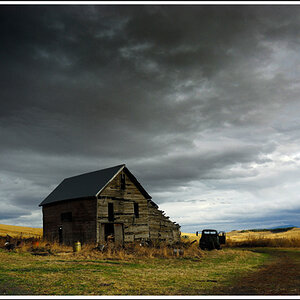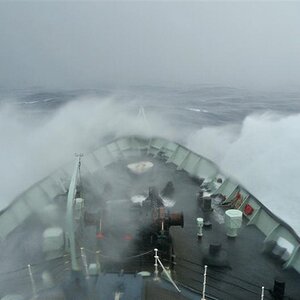King Mustard
TPF Noob!
In 2016, I bought a Nikon D3300 + Nikon AF-P DX NIKKOR 18-55mm f/3.5-5.6G VR lens (£275) (sold in 2019 for £180).
I don't know much about cameras, but I know that when I 'twisted' the lens, the lens, for all intents and purposes, 'zoomed'.
I was considering buying a mirrorless camera to replace it - mainly because of their smaller footprint (DSLRs are too bulky to take abroad with me).
Some example mirrorless camera kits I'd end up getting are:
2. If not, what should I look out for to make sure they can? Do I just make sure they don't have 'prime' in the title/description?
3. If they can, do you think the 'zoom' amount is roughly the same? (I think the lens on my D3300 was roughly equivalent to 3x)
I don't know much about cameras, but I know that when I 'twisted' the lens, the lens, for all intents and purposes, 'zoomed'.
I was considering buying a mirrorless camera to replace it - mainly because of their smaller footprint (DSLRs are too bulky to take abroad with me).
Some example mirrorless camera kits I'd end up getting are:
- Panasonic Lumix DC-GX880K + Lumix G Vario 12-32 mm f/3.5-5.6 Asph. Mega O.I.S. lens (£350)
- Panasonic Lumix DMX-GX80K + 12-32 mm f/3.5-5.6 lens (£370)
- Sony a5100 + 16-50 mm f/3.5-5.6 lens (£400)
- Olympus PEN E-PL9 + M.ZUIKO DIGITAL ED 14-42 mm f/3.5-5.6 EZ lens (£420)
2. If not, what should I look out for to make sure they can? Do I just make sure they don't have 'prime' in the title/description?
3. If they can, do you think the 'zoom' amount is roughly the same? (I think the lens on my D3300 was roughly equivalent to 3x)
Last edited:
As an Amazon Associate we earn from qualifying purchases.





![[No title]](/data/xfmg/thumbnail/42/42256-dce29145f58094ceabbe05c0c8cef7fc.jpg?1619740065)







